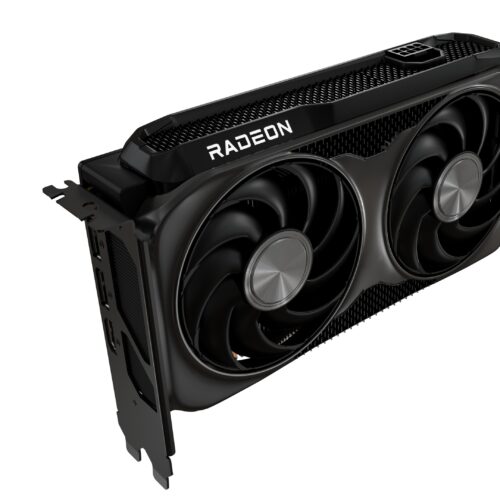Volvo will be the first to install Google’s Gemini in its cars

At yesterday’s I/O conference, Google announced plans to start putting its AI chatbot, Gemini, in a variety of different places, including cars. Today, Volvo said it was shoving its way to the front of the line to be the first to receive the new tech.
Volvo said it was expanding its preexisting partnership with Google — the Swedish automaker was one of the first to adopt the built-in Android Automotive operating system for its vehicles — to include the integration of Gemini across its model lineup. Drivers will be able to have more “natural” conversations about their car, including language translation, navigational help, and finding specific locations. They’ll even be able to ask the AI assistant to answer questions about their vehicle’s user manual. Volvo framed it as easing the driver’s “cognitive load” so they can keep their eyes on the road.
Drivers will be able to have more “natural” conversations about their car.
Earlier this month, Google said that it would make Gemini available to cars that support Android Auto, the company’s popular phone mirroring program. But whereas Android Auto users will get access to Gemini in the coming weeks, vehicles with Android Automotive — marketed as Google built-in — won’t get access until later this year.
Drivers and passengers will be able to use Gemini send texts, get directions, play music, and basically all the things that Google Assistant has been able to do. The main difference is users won’t have to use stilted, robotic commands, instead relying on Gemini’s natural language capabilities.
Volvo will also now serve as one of Google’s reference hardware platforms for the development and testing of future automotive technology. That means Volvo’s vehicles will get “new features and updates” from Google before they are added to the main Android codebase.
“Through this partnership with Google, we are able to bring the very latest features and capabilities from the leading consumer eco-system into our products first,” Alwin Bakkenes, head of global software engineering at Volvo Cars, said in a statement. “With our expanding partnership, we’re collaborating on cutting-edge solutions that shape the future of connected cars.”
Volvo has worked closely with Google for a number of years and is already first in line to receive product updates, like high-def maps, built-in YouTube, and voice-controlled HVAC systems. Polestar, Volvo’s former performance subbrand (now a standalone marque), was the first company to sell cars with native Android Automotive OS.
Google’s annual developer conference, held at the Shoreline Amphitheater in Mountain View, California, was all about Gemini this year. And the car is quickly emerging as an important platform for the chatbot, especially with its myriad of challenges — namely steering a 2-ton metal box through a complex environment riddled with pitfalls.
Google is positioning Gemini as a team player with the other core parts of the vehicle’s operating system. “Navigation apps can integrate with Gemini using three core intent formats, allowing you to start navigation, display relevant search results, and execute custom actions, such as enabling users to report incidents like traffic congestion using their voice,” Ben Sagmoe, Developer Relations Engineer, wrote on the Android Developers Blog.







